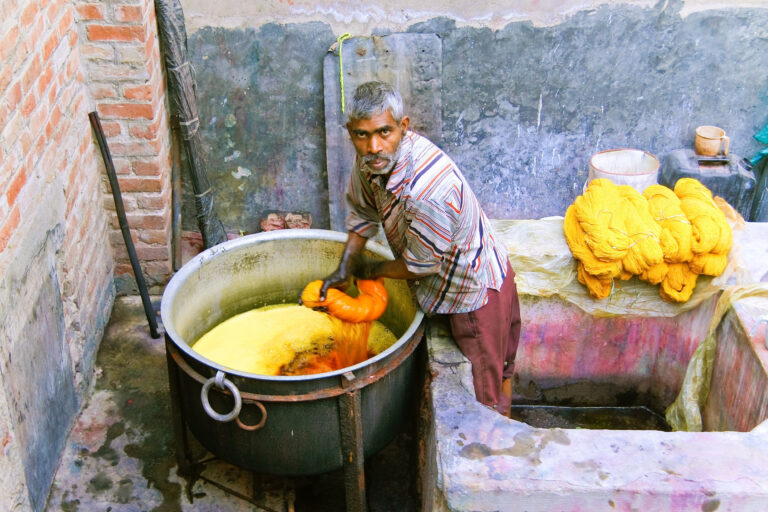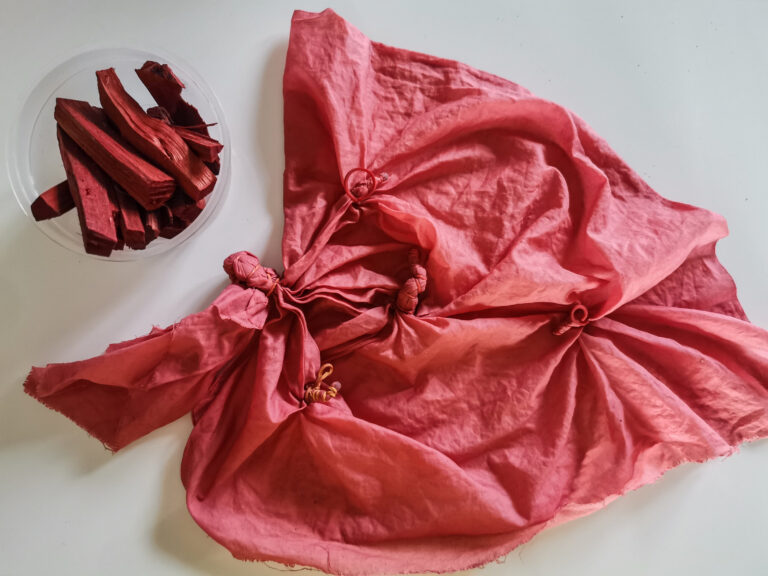Last month I mentioned that I’m working with the book A Garden to Dye For to learn more about growing plants that you can use to natural dye fabrics. One of the first important concepts is learning about how well or how long a plant’s color is likely to adhere to the fabric that you’re…
plant dyes
A Garden to Dye For
Several years ago my sister sent me a wonderful gift. She’s one of those people who is so great at picking out the perfect gifts for people. The gift was a book called “A Garden to Dye For.” She also sent me a set of Japanese Indigo seeds grown locally to her area. Somehow, all…

